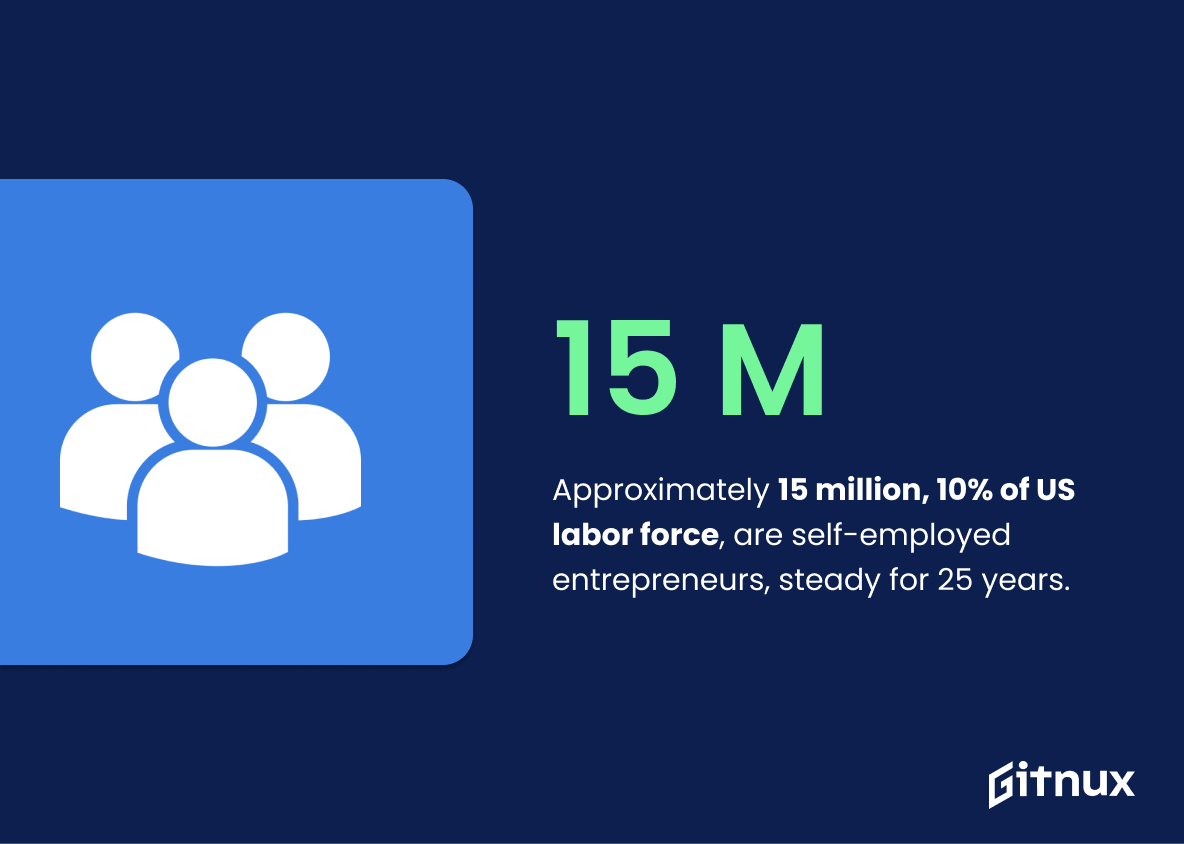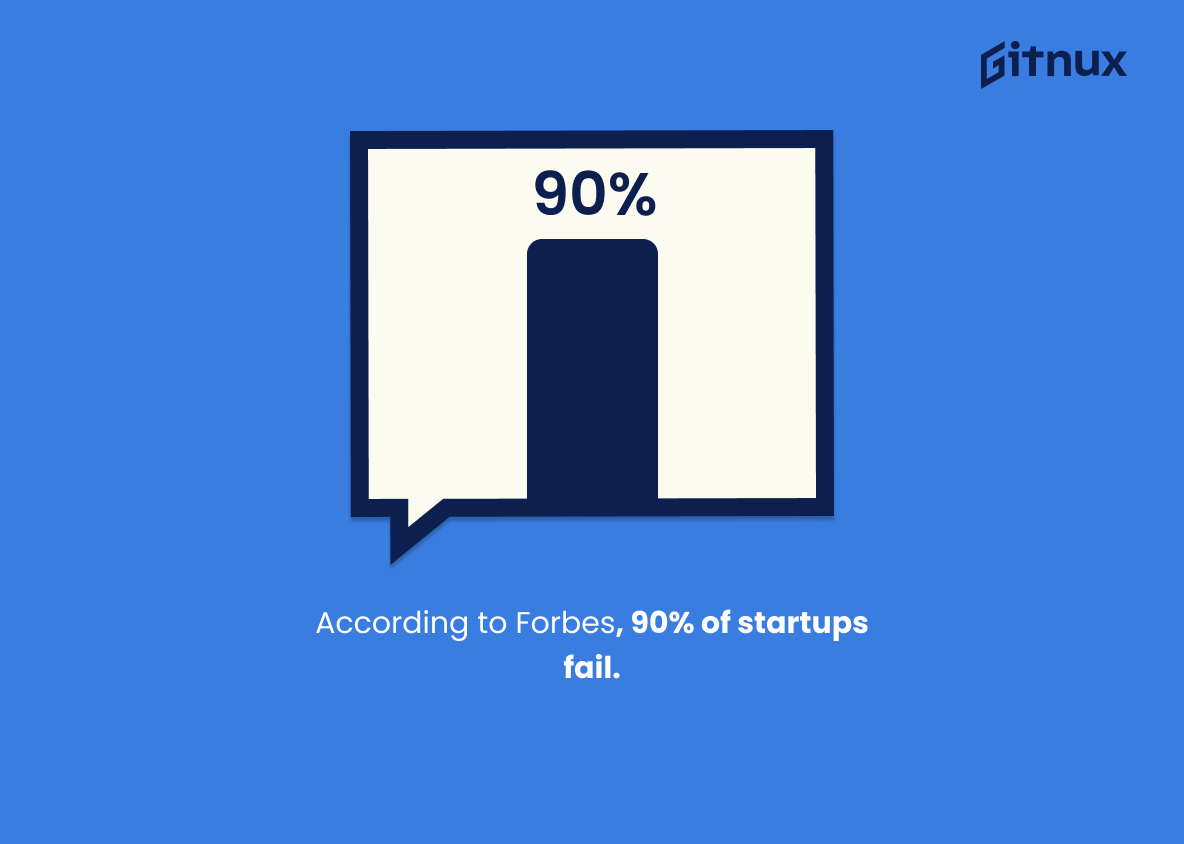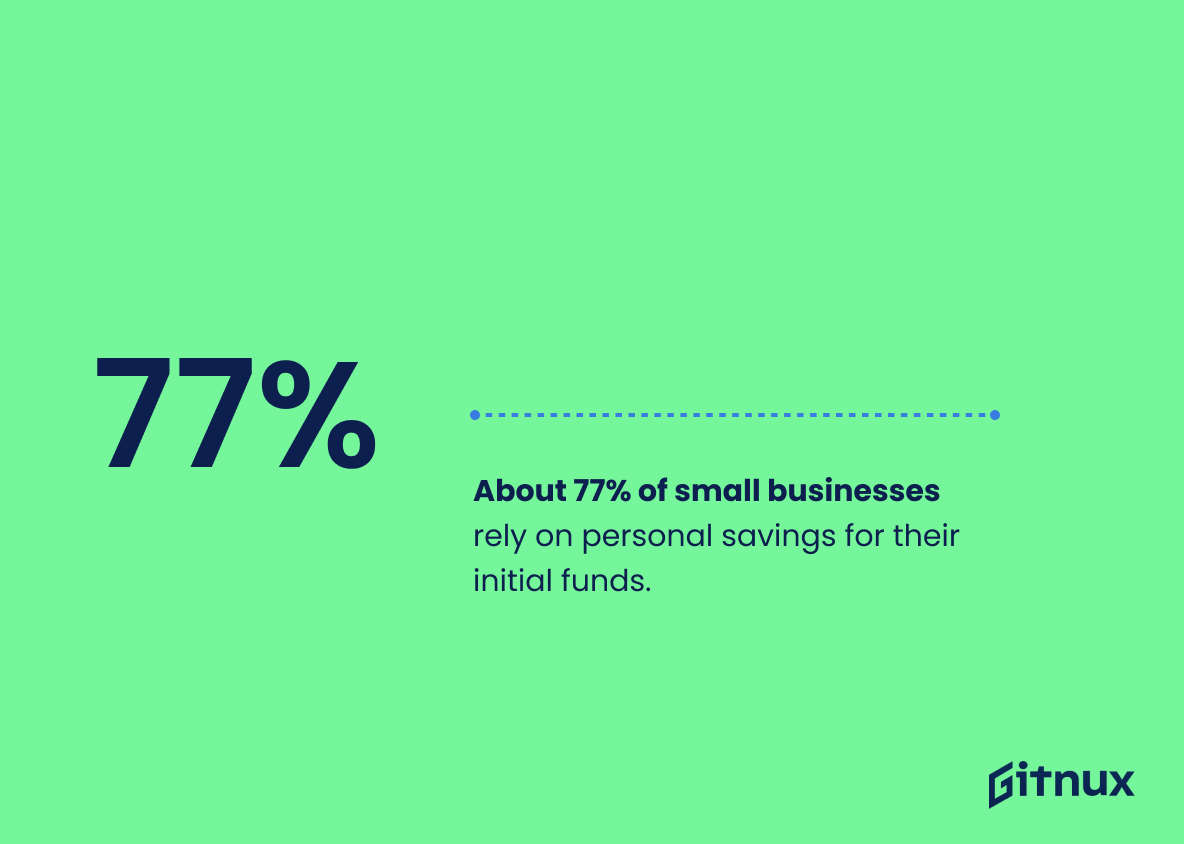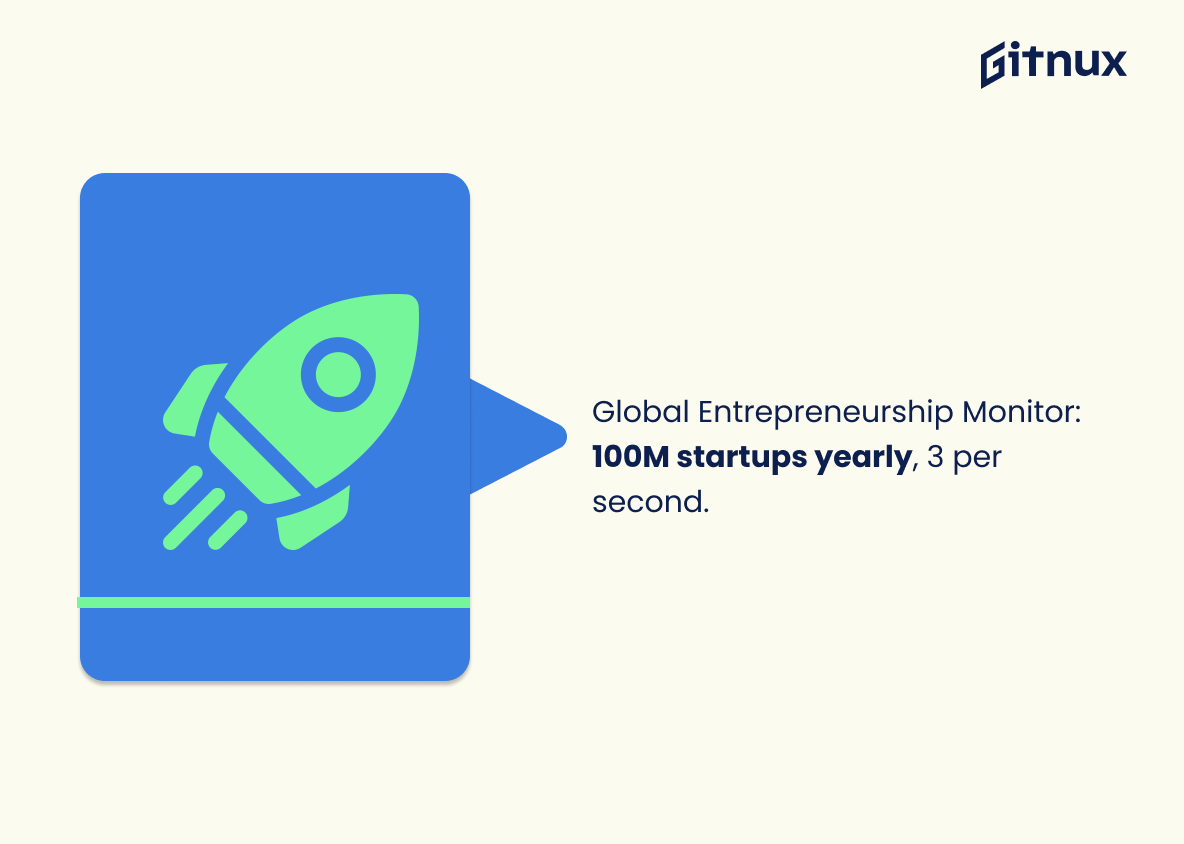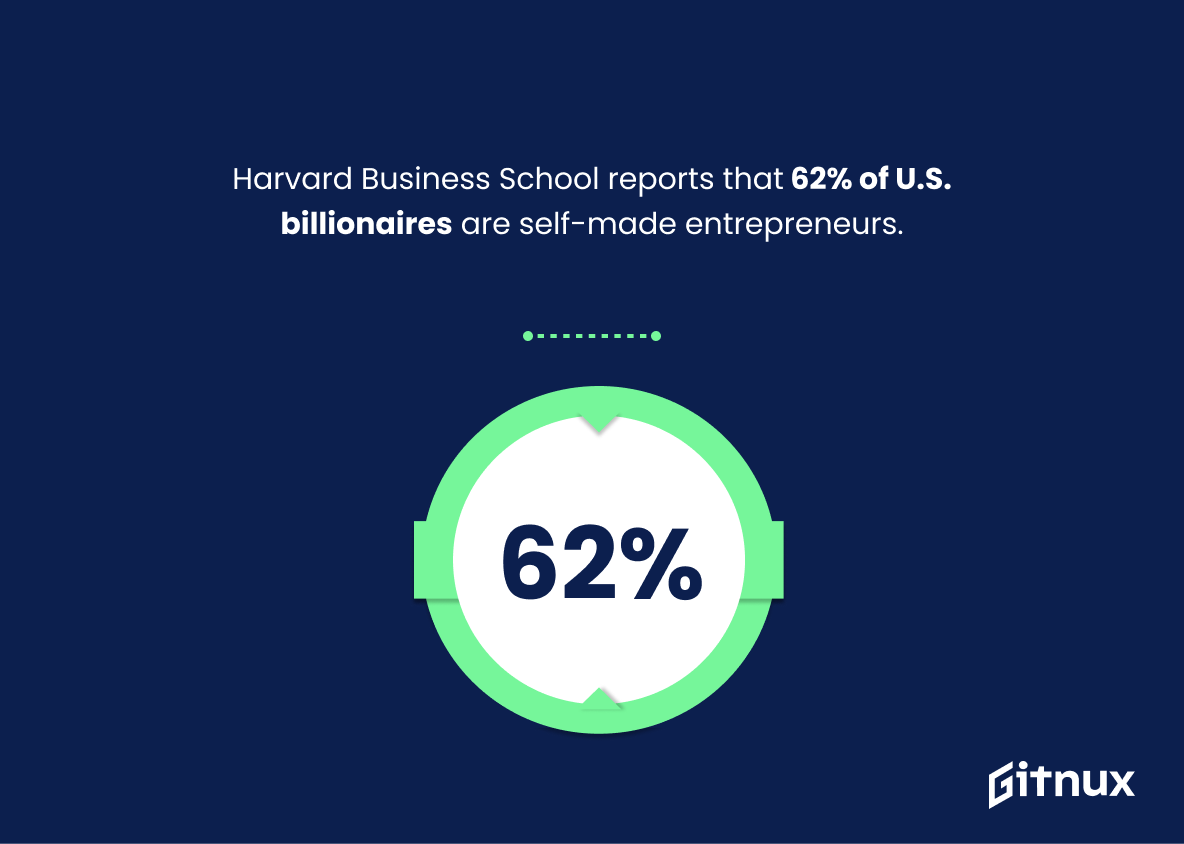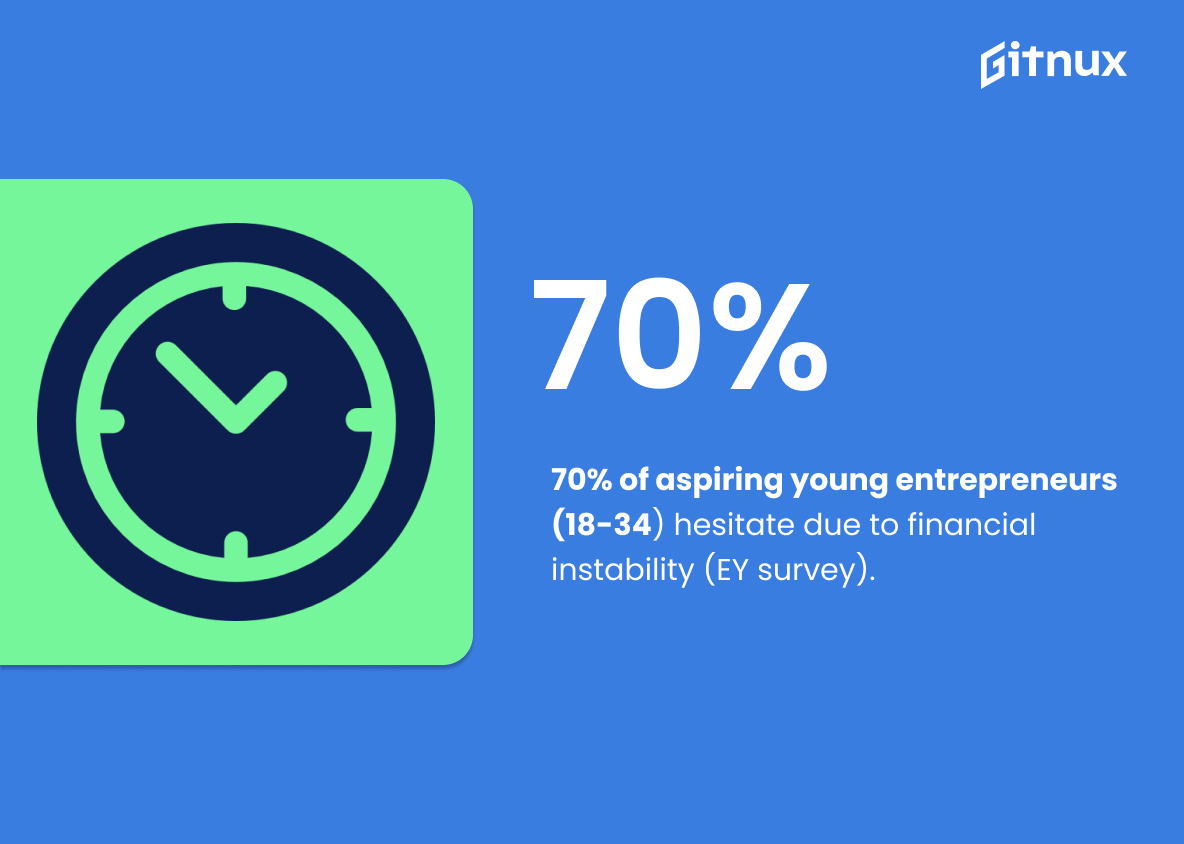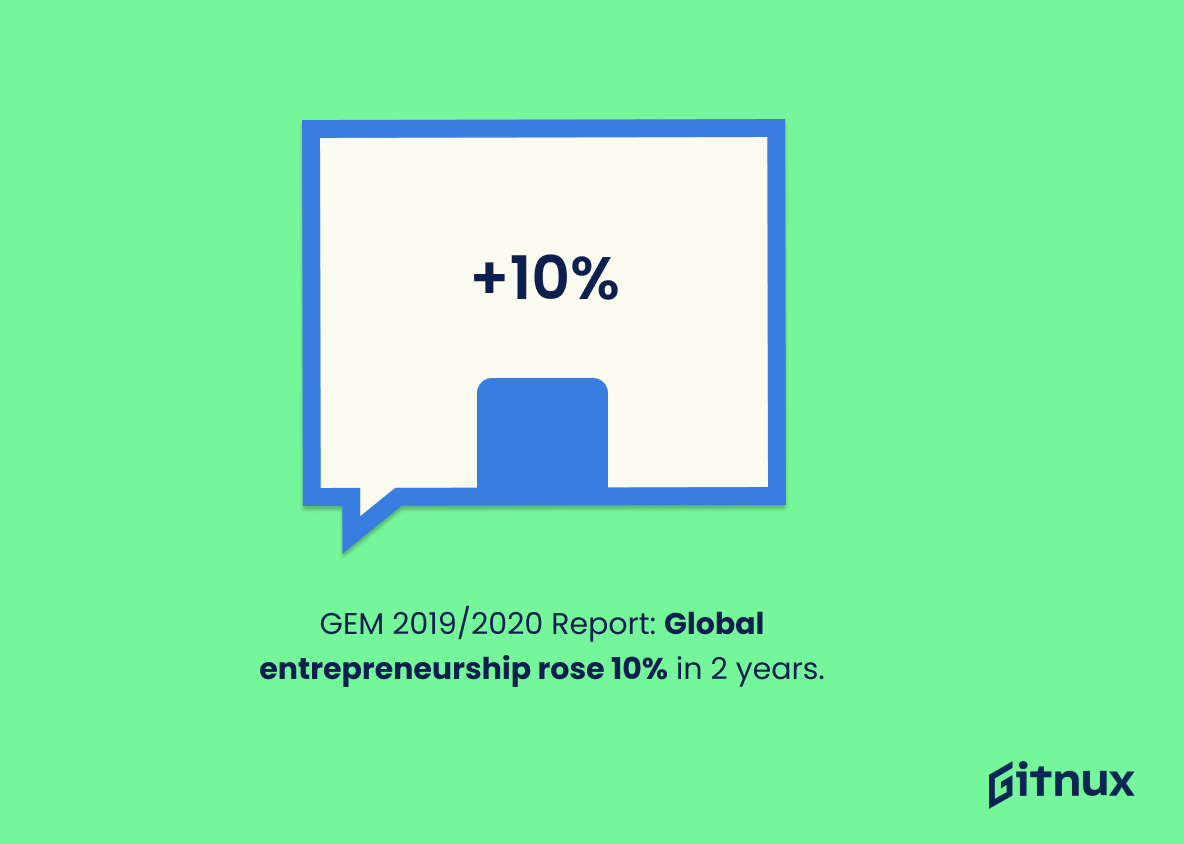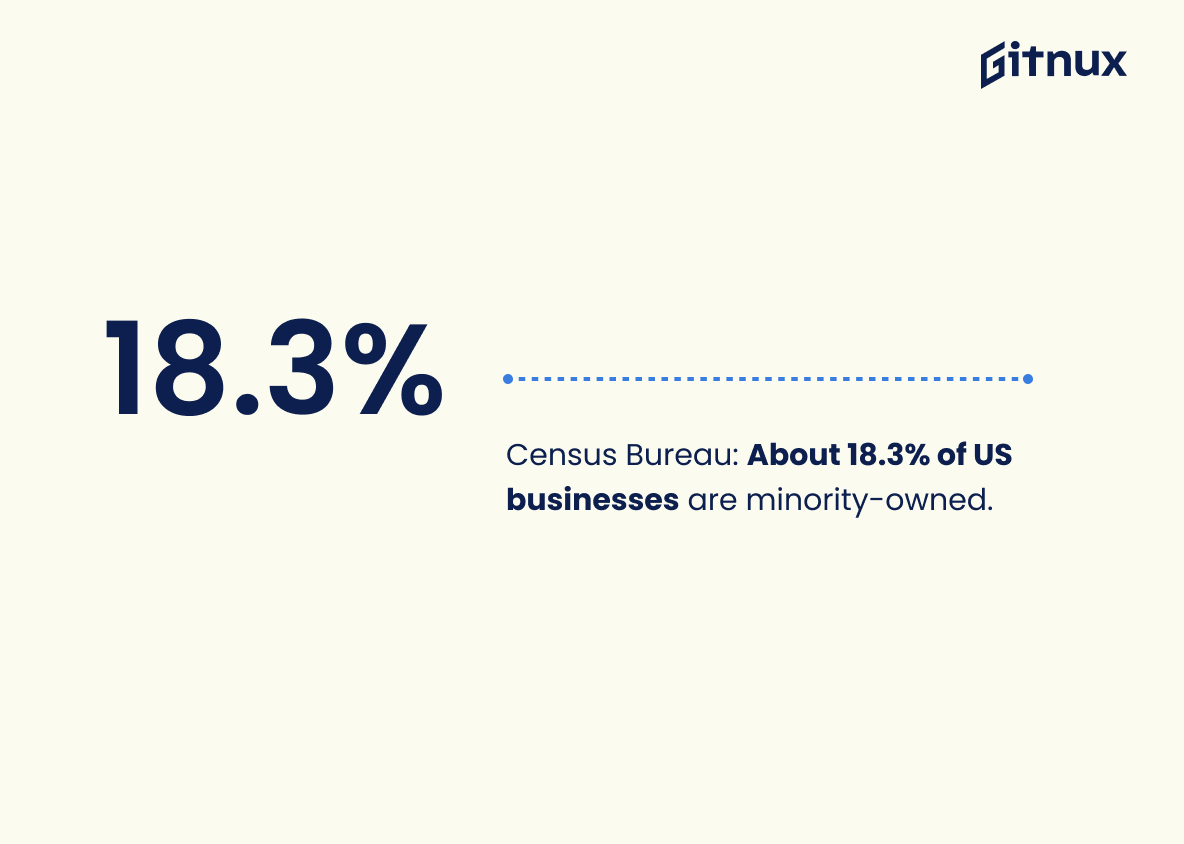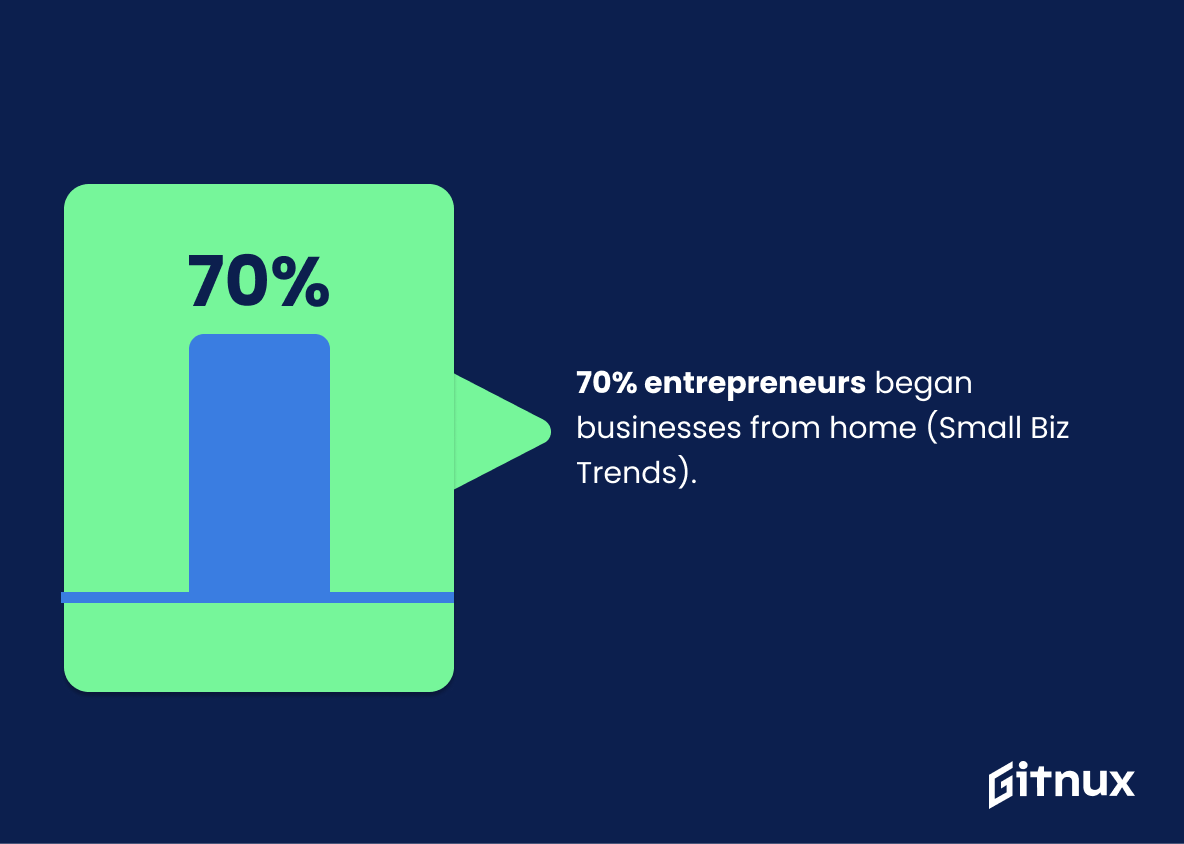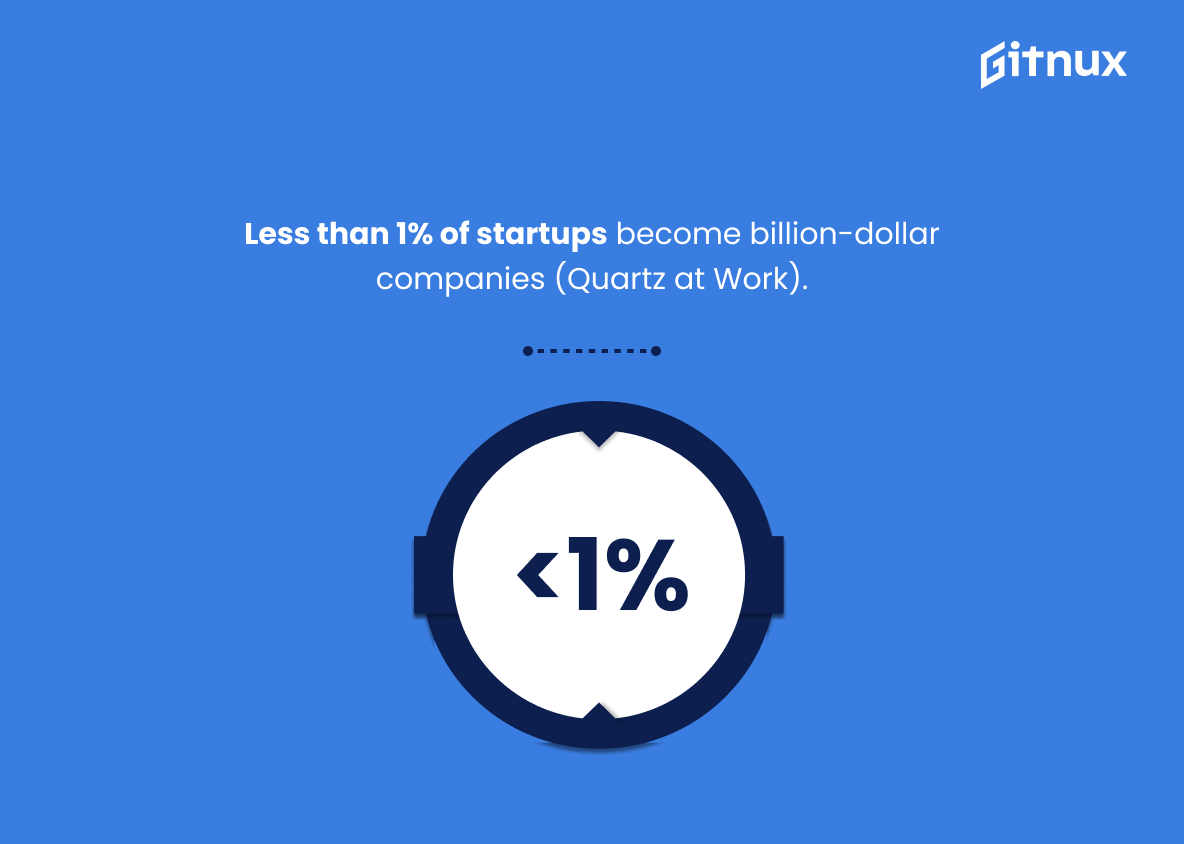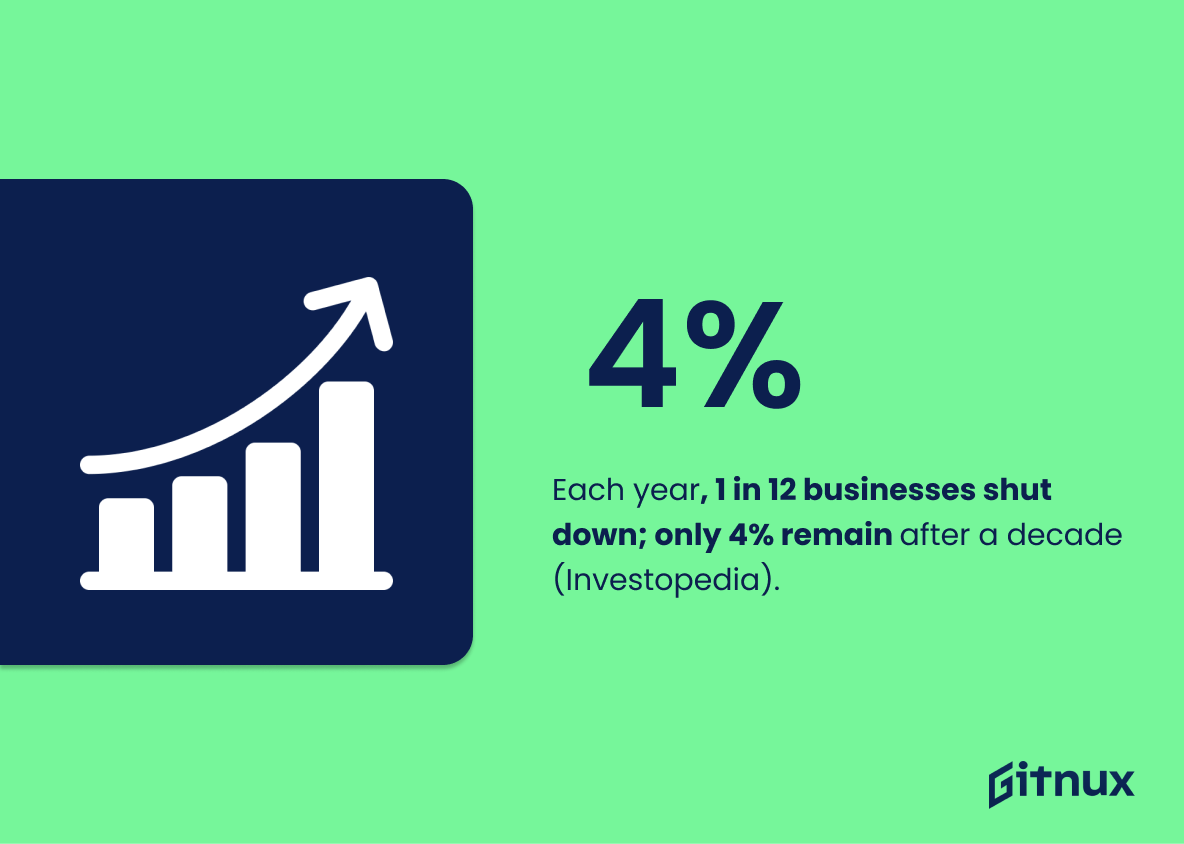Step into the dynamic world of entrepreneurship, where innovation thrives, ideas blossom into reality, and the courage to take risks drives substantial payoffs. This blog post aims to delve into the realm of entrepreneurship through the lens of illuminating statistics. Drawing from a plethora of data taken from various reliable sources, we’ll explore the current trends, deviations, and intriguing facts that shape the global landscape of entrepreneurship. Whether you’re an aspiring entrepreneur, a business studies student, or someone captivated by the realm of start-ups and commercial creativity, these entrepreneur statistics promise to provide informative insights and provoke in-depth discussions. Welcome aboard our analytical exploration on the pulse of entrepreneurship.
The Latest Entrepreneur Statistics Unveiled
About 15 million people, or 10% of the U.S. labor force, are self-employed entrepreneurs — a ratio that has relatively stable for the past 25 years.
In the colorful mosaic of the U.S. labor force, the 15 million self-employed entrepreneurs represent 10% – a panoramic snapshot unchanged for a quarter of a century. This sizeable chunk underscores their crucial role in the economic machinery. Their ventures pave pathways for innovation, create jobs, and contribute significantly to the national GDP. Thus, it gives the blog post a robust framework to demonstrate the influence and resilience of entrepreneur culture, interspersed with insights on how they sync with or steer the economy’s rhythm over years. This consistency also suggests the presence of a conducive ecosystem supporting this level of entrepreneurial existence and should entice prospective entrepreneurs to dive in and fuel this economic engine.
According to Forbes, 90% of startups fail.
Examining the striking statement from Forbes that proclaims a whopping 90% failure rate for startups, we are summoned to delve into the unpredictable terrain of entrepreneurship. This potentially daunting figure is the clarion call heard by all aspiring entrepreneurs—it’s the number that fuels their preparation and fuels the grit needed to surmount these odds.
In a blog post about Entrepreneur Statistics, such data becomes the cornerstone that bolsters understanding about the ‘entrepreneurial gauntlet’. It shines a brutal, unvarnished light on the realities of startup life, underscoring the fact that success is far from guaranteed. It unearths the awareness that running a business is not a rose-tinted journey but a path strewn with potential pitfalls and hard-earned lessons.
Moreover, it forces aspiring businessmen to explore beyond mere enthusiasm and dive into an ecosystem characterized by risks, challenges, and high uncertainty. Entrepreneur Statistics, embodying figures like these, prompt the entrepreneurs to not just dream, but also equip themselves with resilient business strategies, sound market intelligence, and an unwavering commitment to their vision.
Finally, this 90% failure rate statistic is pivotal in striking a balance in the narrative of entrepreneurship. Amid success stories dominating media spaces, this statistic soberly reminds readers of the struggle and possible peril inherent in the creation of the ‘next big thing’.
About 77% of small businesses rely on personal savings for their initial funds.
In the realm of entrepreneurship, the statistic that roughly 77% of small businesses tap into personal savings for their initial funding throws light on a riveting narrative. It unveils the initial financial sacrifice entrepreneurs are willing to make, painting a picture of the sheer determination and personal investment required to kick-start a venture.
The implications of this figure stretch beyond just personal finance and provide valuable insights into the state of available funding options. It sparks a conversation about the accessibility, or lack thereof, of alternative funding sources for start-ups and small businesses.
In essence, this statistic weaves a tale of entrepreneurial spirit, personal commitment, and the financial challenges faced in the entrepreneurial journey, all integral aspects of brainstorming entrepreneurship strategies.
According to Global Entrepreneurship Monitor, more than 100 million startups are launched every year, which is about 3 startups per second.
Reflecting on this remarkable figure from the Global Entrepreneurship Monitor, which states an astounding 100 million startups are launched every year – approximately three blossoming enterprises every second – we can glean the relentless momentum of entrepreneurial spirit cascading across the globe. In a blog post discussing Entrepreneur Statistics, these numbers energize our understanding of the current entrepreneurial landscape. They illuminate the sheer scale of new business development and the widespread commitment to innovation. Furthermore, they paint a picture of the robust opportunities for entrepreneurship and set a dynamic stage for exploring the unique challenges and successes these brand-new ventures may face in their journey. This constant influx of startups is a testament to the perpetual cycle of economic advancement and the relentless pursuit of novel ideas, heralding an era where creativity and business acumen collide every single second.
Harvard Business School reports that 62% of U.S. billionaires are self-made entrepreneurs.
Highlighting the fact that 62% of U.S. billionaires are self-made entrepreneurs, according to Harvard Business School, infuses a potent shot of inspiration into the bloodstream of our blog post on Entrepreneur Statistics. It cultivates the seed of self-belief in the fertile idea-filled minds of aspiring business owners, revealing that astronomical wealth isn’t always inherited, but could be innovated. Digital Mark Zuckerbergs, inventor Elon Musks, or starry-eyed future billionaires may just find their own paths paved with determination, strategic thinking, and courageous leaps of faith. This statistic serves as both a beacon of encouragement and a testament to the potential fruits of entrepreneurial labor.
About 70% of young people (aged 18-34) who want to be entrepreneurs, are reluctant to do so due to financial instability, according to a survey from EY.
The aforementioned statistic provides a captivating glimpse into the hearts of tomorrow’s potential entrepreneurs. Unveiling the undercurrents of apprehension that hold roughly 70% of young adults back from pursuing their entrepreneurial aspirations, it dabbles in both the personal and the universal. Given that these are precisely the individuals aged 18-34 who could revolutionize industries, create jobs, and inject vitality into economies, this statistic serves as an indicator of untapped potential, financial barriers, and may just be the call-to-action needed in our blog post about Entrepreneur Statistics. It spotlights the importance of cultivating an environment conducive to entrepreneurial pursuits, and the immediate need to address financial instability if we aim to empower and embolden the next generation of entrepreneurs.
Global Entrepreneurship Monitor (GEM) 2019/2020 Report indicates that Entrepreneurship increased 10% in the last two years worldwide.
Enveloping this vital statistic into our broader discussion amplifies the symphony of rapid entrepreneurial growth worldwide. The crescendo, a promising 10% surge in entrepreneurship as reported by the Global Entrepreneurship Monitor (GEM) for 2019/2020, highlights the global economic orchestra’s unfolding dynamism. This crescendo is no idle note in our discourse on Entrepreneur Statistics. It underscores an accelerated tempo of enterprise creation around the globe, highlighting the entrepreneurial spirit’s resilience, even as the world faces new changes and challenges. Ultimately, this statistic evokes a bullish picture- one of undying inventiveness, incessant launching of startups, and proliferating entrepreneurial vigor globally. Consequently, it set the rhythm, pace, and melody for our intriguing symphony on Entrepreneurship Statistics.
According to Census Bureau’s Annual Business Survey, approximately 18.3% of businesses in the US are minority-owned.
Swiftly weaving through the fabric of Entrepreneur statistics, the colors of diversity emerge, captured in one particularly striking thread: The Census Bureau’s Annual Business Survey reveals that nearly one in five US businesses, that’s 18.3%, is the brainchild of a minority owner. This vibrant strand paints an important portrait of the entrepreneurial journey, highlighting the growing narrative of multiculturalism in business ownership. In the grand tapestry of this blog post, it offers insight into the ever-changing landscape of entrepreneurship and a promise of the potential that diversity brings, celebrating new perspectives and innovations. It also spotlights areas where support and resources might be needed to further empower budding entrepreneurs from diverse backgrounds.
About 70% of entrepreneurs said they started their businesses from home, according to Small Biz Trends.
Showcasing the statistic of approximately 70% of entrepreneurs initiating their enterprises from home, as cited by Small Biz Trends, uncovers an intriguing dimension in the landscape of entrepreneurship. It richly illustrates how accessible entrepreneurship has become, shattering the conventional notion that substantial initial capital, elaborate infrastructure or a commanding office space are prerequisites for launching a successful business. This information is a powerful magnet for potential entrepreneurs, reinforcing the idea that a thriving business can grow from humble beginnings. Hence, when embarking on an entrepreneurial journey, the comfort of one’s home could metamorphose into a fountain of boundless opportunities. It’s a testament to the flexibility, creativity, and resourcefulness inherent within the entrepreneurial spirit.
According to Quartz at Work, less than 1% of all new start-ups end up being billion-dollar companies.
Entrepreneurs gazing starry-eyed at the prospect of establishing the next billion-dollar start-up, an important reality check lurks in the shadows of the sparkling dream. Based on Quartz at Work’s research, the probability of transforming a freshly launched start-up into a billion-dollar juggernaut is under 1%. This percentile serves as an impactful reminder of the harsh truth about the competitive business world, underlining the rarity of monumental success. In a landscape where every entrepreneur is seeding a potential unicorn, this statistic emphasizes the need for a unique, disruptive idea paired with impeccable execution to stand out from the 99% in the entrepreneurial cosmos of start-ups. It beckons aspiring start-up founders to reevaluate, strategize and innovate constantly on their journey to crest the elusive billion-dollar wave.
According to Investopedia, every year, about one in twelve businesses close and only 4% of businesses manage to stay operational after ten years.
In the oceanic expanse of entrepreneurship, these figures serve as a lighthouse, guiding new entrepreneurs towards the realities of the business world. The digital library of Investopedia paints a candid panorama – approximately one in twelve businesses capsizing each year, with a mere 4% of businesses holding their sails high after a decade. This revelation underpins the narrative of a blog post about Entrepreneur Statistics, grounding aspiring business owners in the reality of the commercial battlefield.
These figures provide a sobering awakening from the shimmering mirages of instant success, highlighting that dogged perseverance and strategic flexibility are often the twin engines propelling long-lasting businesses forward. It is a reminder that floating on the currents of this enterprising world takes more than initial enthusiasm – it’s a ten-year (and beyond) voyage that requires planning, innovation, and resilience.
Moreover, these figures shape our understanding of business health check metrics. They become indispensable tools in the entrepreneur’s kit, serving as a compass for navigating success criteria and identifying potential icebergs ahead. Understanding them allows entrepreneurs to learn from the tales of those ships that sank and those that sailed gloriously into the sunset.
Conclusion
As we wrap up this exploration into entrepreneurship statistics, it’s clear that the life of an entrepreneur is both challenging and rewarding. The innovation and job creation that they bring to the economy is remarkable. Additionally, the increasing diversity in entrepreneurship signals a healthy shift towards inclusiveness in the business world. These figures underscore the dynamism and resilience that embody the spirit of entrepreneurship. As trends shift and economies evolve, entrepreneurs are likely to remain the driving force fueling economic growth and innovation. So whether you’re an aspiring entrepreneur, or a seasoned veteran, stay informed and keep pushing the boundaries. After all, the data shows just how vital you are.
References
0. – https://www.www.entrepreneur.com
1. – https://www.www.hbs.edu
2. – https://www.smallbiztrends.com
3. – https://www.www.gemconsortium.org
4. – https://www.www.forbes.com
5. – https://www.www.ey.com
6. – https://www.www.census.gov
7. – https://www.qz.com
8. – https://www.www.investopedia.com
